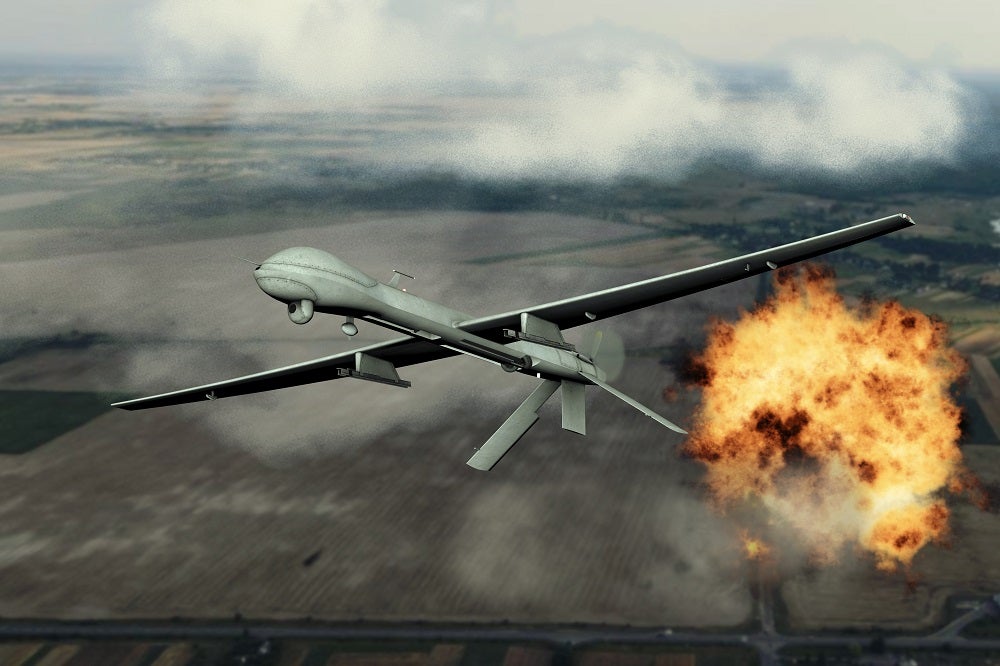
Sydney Airport has commissioned a satellite-aided navigation aid with a ground-based augmentation system (GBAS).
With this move, Sydney Airport has become the fifth airport in the world to facilitate regular aircraft operations using a GBAS, which will make flying into the airport safer and more efficient.
Receiving CASA certification in May, Sydney Airport’s GBAS system has been launched by deputy prime minister Warren Truss.
The new technology improves the accuracy of aircraft positioning and aircraft movements in low-visibility conditions.
It also enhances the airport’s safety systems, which include high-intensity approach lights and runway stop bars.
A single GBAS unit is capable of doing the work of six individual instrument landing system (ILS) units, which are located at the end of Sydney Airport’s six runways.
How well do you really know your competitors?
Access the most comprehensive Company Profiles on the market, powered by GlobalData. Save hours of research. Gain competitive edge.

Thank you!
Your download email will arrive shortly
Not ready to buy yet? Download a free sample
We are confident about the unique quality of our Company Profiles. However, we want you to make the most beneficial decision for your business, so we offer a free sample that you can download by submitting the below form
By GlobalDataThe unit replicates existing ILS approaches within a 42km radius of the airport.
Sydney Airport chief executive officer Kerrie Mather said: "More of our airlines have been adopting this technology as they realise the safety, efficiency and operational benefits, including the ability to operate in low-visibility conditions.
"We have invested $2.4bn in new facilities and this Australian-first is part of our ongoing commitment to delivering a world-class airport."
Sydney Airport has teamed up with Airservices Australia and Honeywell Aerospace to deploy the technology.
Image: The new technology improves the accuracy of aircraft positioning and better facilitates aircraft movements in low-visibility conditions. Photo: courtesy of Airservices Australia.







